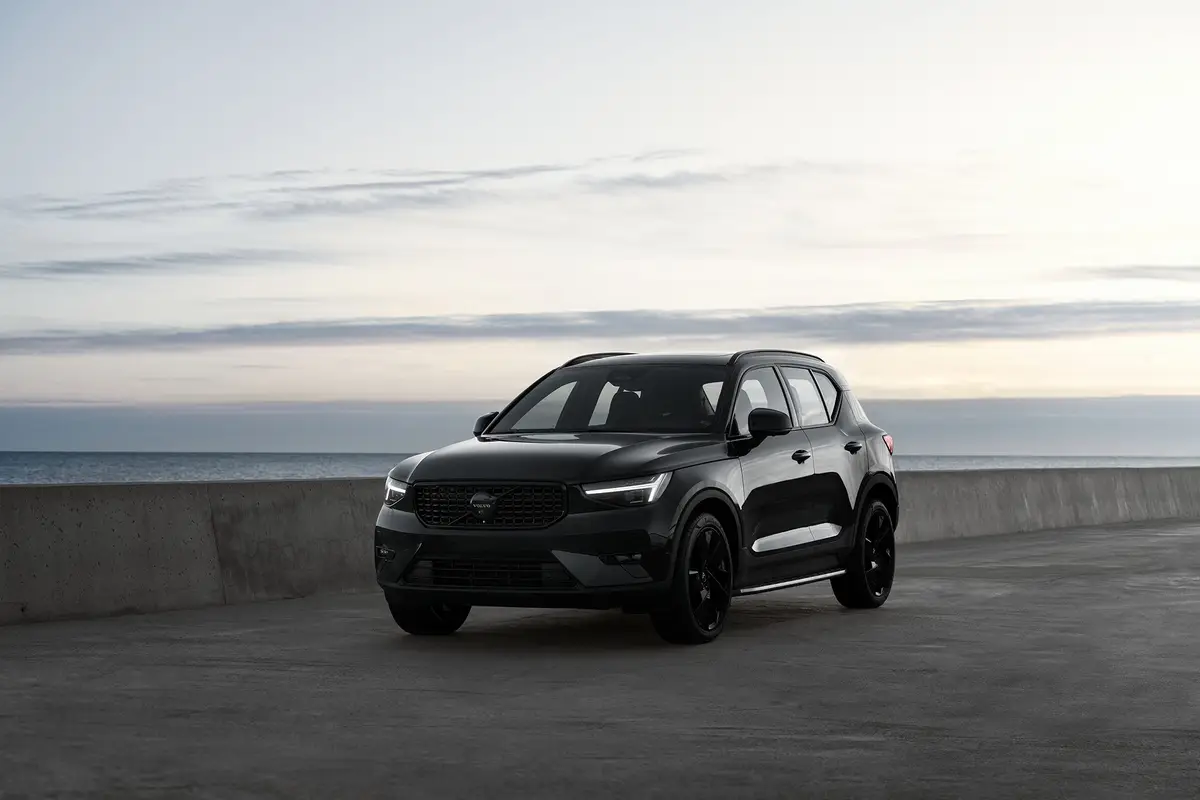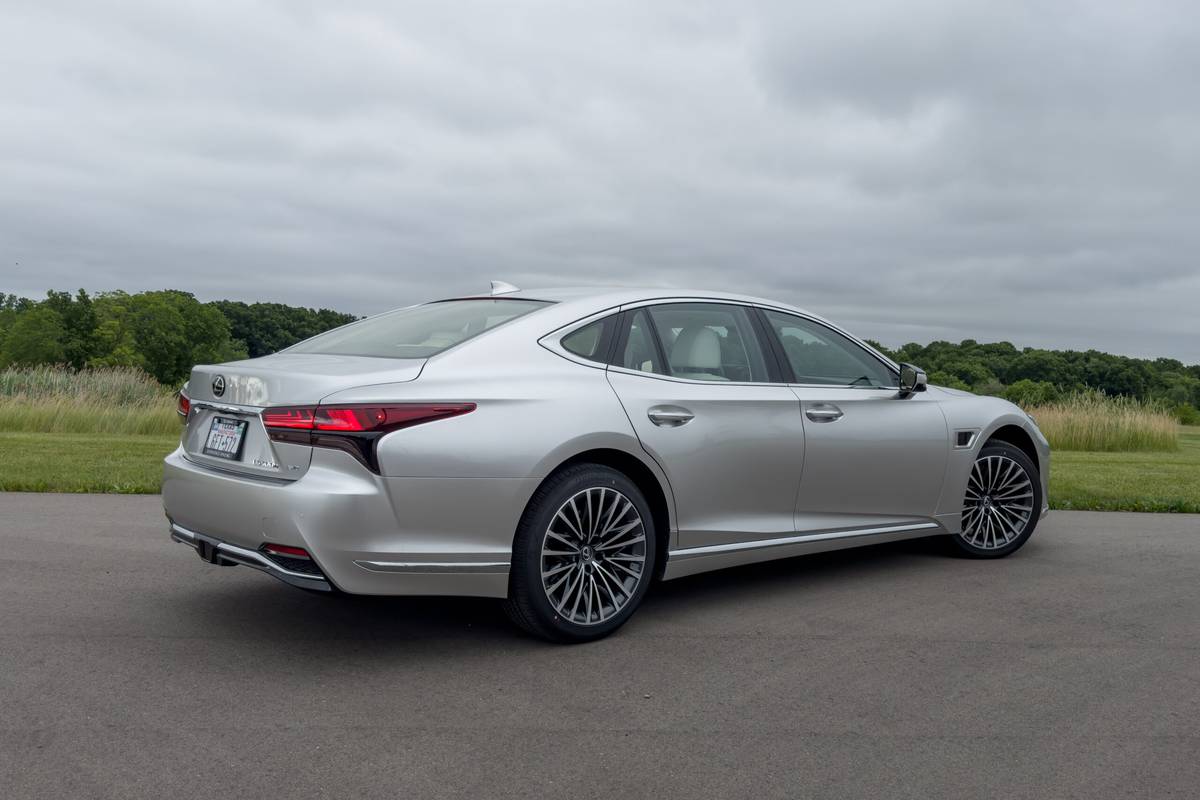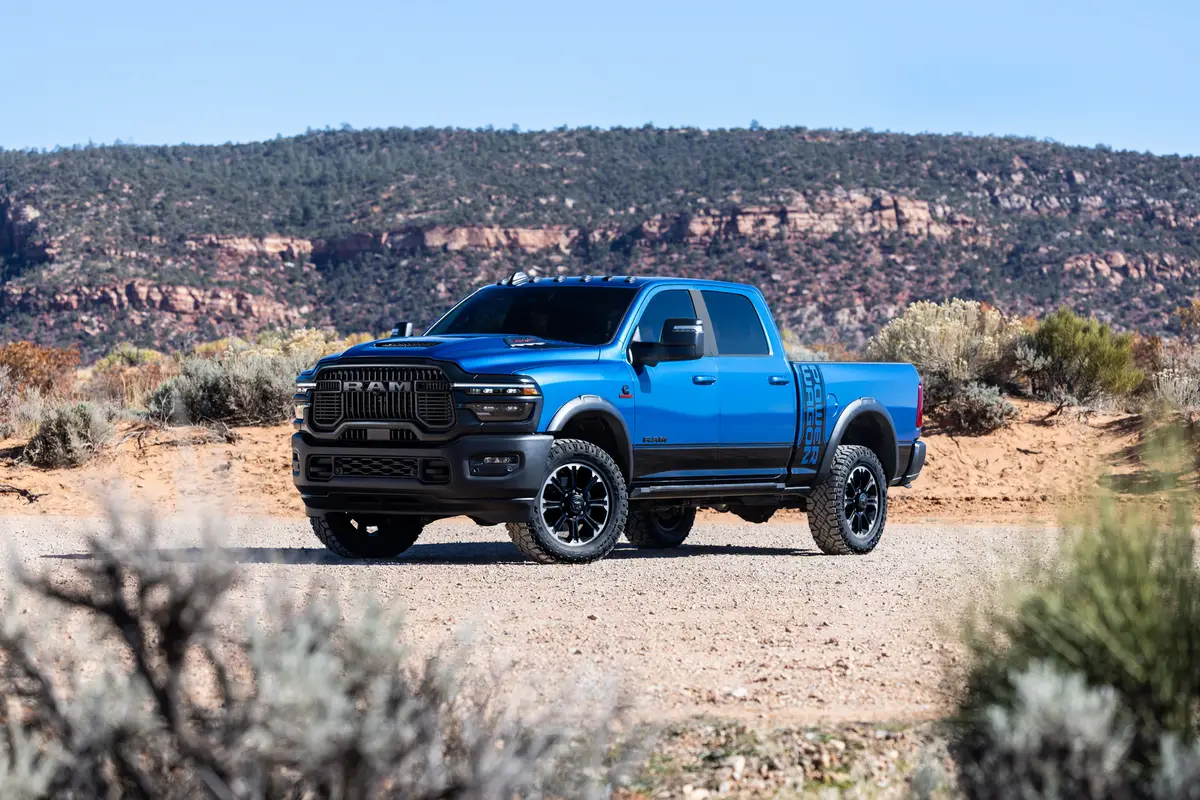Boston.com's view
HUDSON RIVER VALLEY, N.Y. — We climb in the rain and occasional sleet, clear a bluff, and drop to the river on a tortuous run littered with wet leaves and water sluicing over pavement.
In the 2006 BMW M5, we have 500 horsepower at our disposal, a seven-speed transmission at our fingertips, and potentially twitchy rear wheels absorbing all that power. We are headed for racetrack tests, in glistening slop, at Lime Rock Park in Lakeville, Conn. Perfect.
Perfect because it is obvious that on dry pavement, road, or track, this car would be a manageable monster. Perfect because those who buy will sometimes be caught in bad weather. So it is revealing to drive it under stress.
The M5 is powered by a V-10 engine that redlines at 8,200 r.p.m. — serious engine spin. A button on the console boosts power from 400 to 500 when you want it. Other buttons change the suspension from cruising soft, to normally solid, to nearly racing stiff.
Electronic stability/traction control has three settings: full, partial, and off. Full proved fine for driving on wet public roads. Off leaves just you and the car. The middle setting will jump in and fix mistakes, but lets you drive just over the edge, using the throttle to steer via back wheels when you desire. And when you do push hard into corners, the torso bolsters on the sides of the front seats automatically reach out and ”grab” you to keep you from slipping side-to-side.
The automatic transmission can be shifted manually via center stick or with paddles on the wheel. It, too, has multiple settings, with five programs from benign to very aggressive. A six-speed manual is in the works.
There are around 270 settings that can be culled for drivability, and once you have determined your favorite combination, it can be routed through a single button on the steering wheel.
If an engine can be subtle, the V-10, which comes only in the M5, is just that. You think 500 horsepower and you think of Viper-like, throbbing launches. Instead, this engine winds out smoothly and relatively quietly, its exhaust emitted through the telltale four-pipe M exhaust tips. You can hit 80 miles per hour by mistake.
The shifter, a sequential manual gearbox (SMG, no clutch), has the delightful feature of ”blipping” the gas during downshifts (a racing technique that smoothes the shifts). Upshifts, however, were quite jerky at first, an SMG trait. In automatic mode, I lived with them. In manual/paddle shift mode, however, a slight lift from the gas pedal (described to me as lifting your toes inside your shoe, not lifting off the pedal itself), calmed them nicely.
On the roads, I could tell I was driving two tons of car, but engine and suspension handled the tonnage with no problem and gave a great sense of security on wet, twisting trails.
On the racetrack, headlights glowing, brake lights emitting a red haze at corners, the M5s hissed down the straights. Concrete patches that pocked some turns had to be passed over with no attempt at a turn, the turn coming only after black pavement was reached again. This meant, for instance, that we often had to drive far deeper into corners than we normally would and then bring the car back quickly to get back on the correct line.
No problem for this car.
BMW’s M series, with roots deep in racing, is built for the true enthusiast who wants a very high-performance car, but a car that can also be a solid, everyday driver. At $80,000 to $90,000, it needs to be special.
And this is the best of a special breed so far.
Latest news



